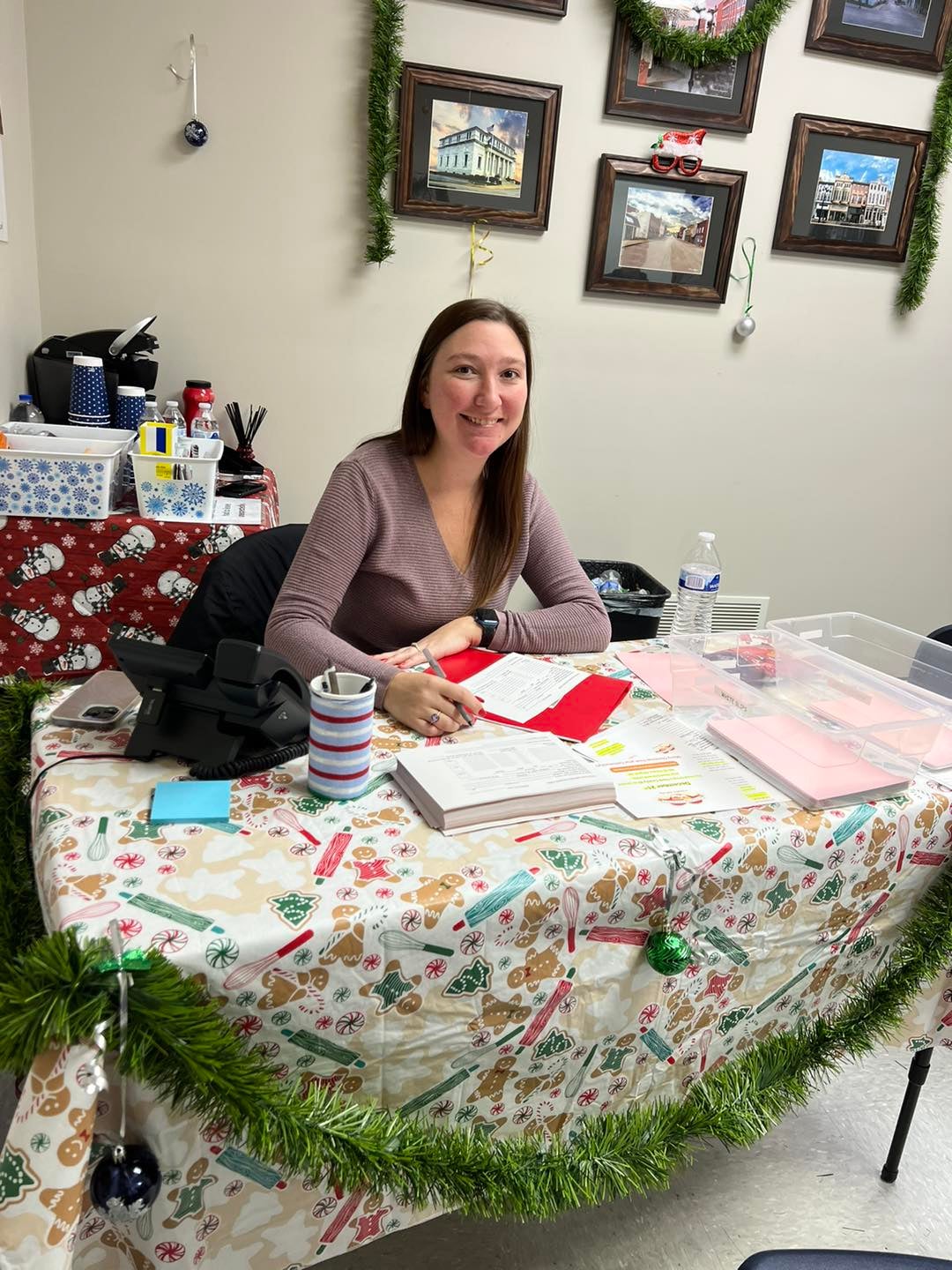Seeking Connection: Boosting gratitude increases happiness
Published 2:22 pm Saturday, November 3, 2018

- Erin Smith is the owner of the OM place in Winchester, the author of “Sensible Wellness” and the online host of the OM channel. Follow her on Twitter @erinsmithauthor.
Last week, I completely lost my hearing. Oddly shaped Eustachian tubes and seasonal allergies created a perfect storm of hearing loss for two full days.
It was like listening to the whole world from the bottom of the deep end of the pool.
I spent an inordinate amount of time first opening my mouth wide and then pinching my nose to swallow in a futile attempt to clear my ears.
I tell you this because it was the same week I was studying the science of gratitude. So here I was waist deep in research articles about thankfulness and it suddenly occurred to me I had completely taken for granted my ability to hear.
Now, a quick peek at my gratitude journal showed plenty of upshots from hearing:
— James Taylor radio
— Brene Brown’s new audio book
—Cat Steven’s sweet purring
—An E minor chord
—The burble of the aquarium.
I was certainly thankful for sound. But I hadn’t thought to be grateful that I could hear in the first place until my hearing was gone.
If I had missed this, what other blessings were passing by unnoticed? It’s so human to take our deepest blessings for granted.
Everything we have has been given to us one way or another. You might see it as a gift from God or just a random spin on the cosmic roulette wheel.
Either way, the fundamental skill to living a happy, connected life lies in acknowledging those blessings.
The main difference between happy people and unhappy people is their level of gratitude.
The word happy comes from a Norse word meaning lucky. This is such a misnomer, because happiness isn’t luck but a skill that is equally available to all of us.
We only need to understand the neurobiological basics of happiness and commit to cultivating an attitude of gratitude.
Generally speaking, when people report feeling “happy,” the neurotransmitters dopamine and serotonin are being released in the brain.
It stands to reason adopting practices that cause the brain to release more of these neurotransmitters in consistent, even doses will make us happier.
You know what the antidepressant Wellbutrin does? It boosts dopamine. So does gratitude.
The benefits of gratitude start with the dopamine system because feeling grateful activates the brain stem region that produces dopamine.
There is a similar connection for the drug Prozac, which boosts serotonin. Know what else boosts serotonin? Gratitude.
Thinking of things you are grateful for increases serotonin production in the anterior cingulate cortex of your brain.
Want more good news? A gratitude practice increases neural density in the medial prefrontal cortex, making those synaptic connections more efficient.
The more you practice feeling thankful, the more feeling thankful becomes your default setting.
The more you cultivate an attitude of gratitude, the easier it becomes to see blessings everywhere. It’s an abundant cycle.
The key lies in adopting a formal gratitude practice. We call it a practice because it’s never finished or mastered. It’s a lifelong habit you adopt, one that must be performed consistently to accrue the benefits.
In other words, saying thanks isn’t just for Thanksgiving.
A great way to foster thankfulness is playing “Rose and Thorn” each day. My family likes to play at the dinner table.
Each person tells a thorn that happened that day, something that was challenging, unlucky, stressful, scary or sad.
This validates our feelings by acknowledging life isn’t perfect and bad things sometimes happen. It’s a sort of nod to that whole you can’t have a rainbow without the rain thing.
Then the person lists at least one rose from the day, a moment that was sweet, uplifting or exhilarating.
You can also keep a gratitude journal, listing a few things each day for which you are thankful.
I add two or three things at the end of my daily write.
Not a journaler? Download the app Grateful instead. Each day, it offers a prompt to get you started (examples include What made you smile today? What was the best thing that happened today?)
You can also weave gratitude into your daily mindfulness practice.
As you go about your normal day, pause now and then and silently think, “I am grateful right now for…”
This works great with habit stacking, where you seamlessly combine it with something you already do like every time you wash your hands or are stopped at a red light or take off your shoes.
What your gratitude practice looks like is less important than the commitment to practice consistently.
As we move into the holiday season, it’s the perfect season to commit or re-commit to seeing the blessings all around you.
Erin Smith is the owner of the OM place in Winchester, the author of “Sensible Wellness” and the online host of the OM channel. Follow her on Twitter @erinsmithauthor.





